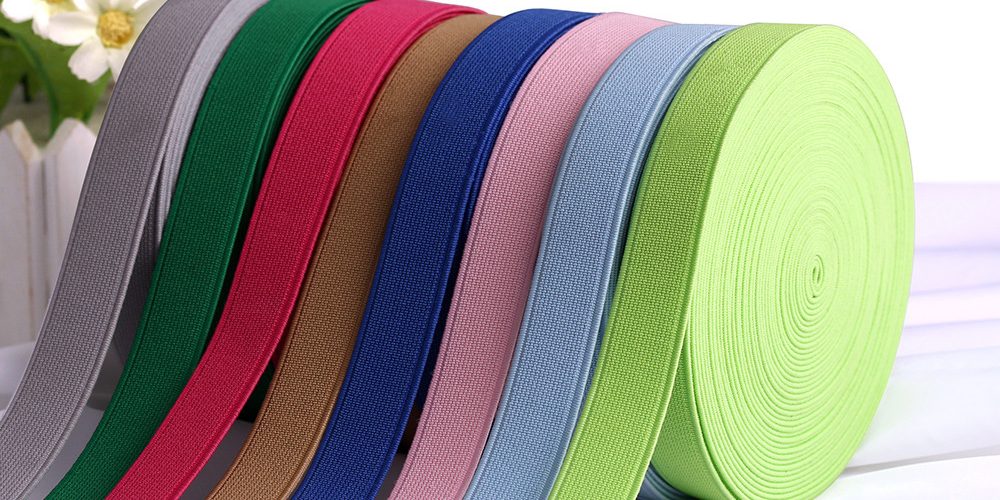Elastic webbing is a highly versatile material that finds applications across various industries. In this blog, we will delve into the diverse uses and properties of elastic webbing.
Elastic webbing is prized for its unique ability to stretch and return to its original shape. This property makes it ideal for applications requiring flexibility and support.
Apparel and Fashion: In the fashion industry, elastic webbing is frequently used in waistbands, cuffs, and straps to provide comfort and fit. Its stretchiness ensures that clothing moves with the wearer.
Medical and Healthcare: Elastic webbing plays a crucial role in medical devices such as compression garments, braces, and bandages. Its elasticity helps in providing the necessary support and compression.
Sports and Fitness: Athletic gear, including sportswear and fitness equipment, often incorporates elastic webbing for enhanced performance and comfort. Elastic webbing can offer muscle support and flexibility to athletes.
Luggage and Outdoor Gear: Elastic webbing is utilized in backpacks, luggage, and outdoor gear for securing items and creating adjustable compartments. Its ability to stretch and recover makes it ideal for various outdoor adventures.
Automotive Industry: In vehicles, elastic webbing is found in seat covers and headrests, ensuring a snug and comfortable fit. It also plays a role in automotive safety equipment like seatbelt systems.
Home Furnishings: Elastic webbing is used in upholstered furniture to provide support and durability. It helps maintain the shape of sofas, chairs, and other seating items.
The versatility of elastic webbing continues to drive its demand across industries, making it an essential material for comfort, support, and functionality.


















